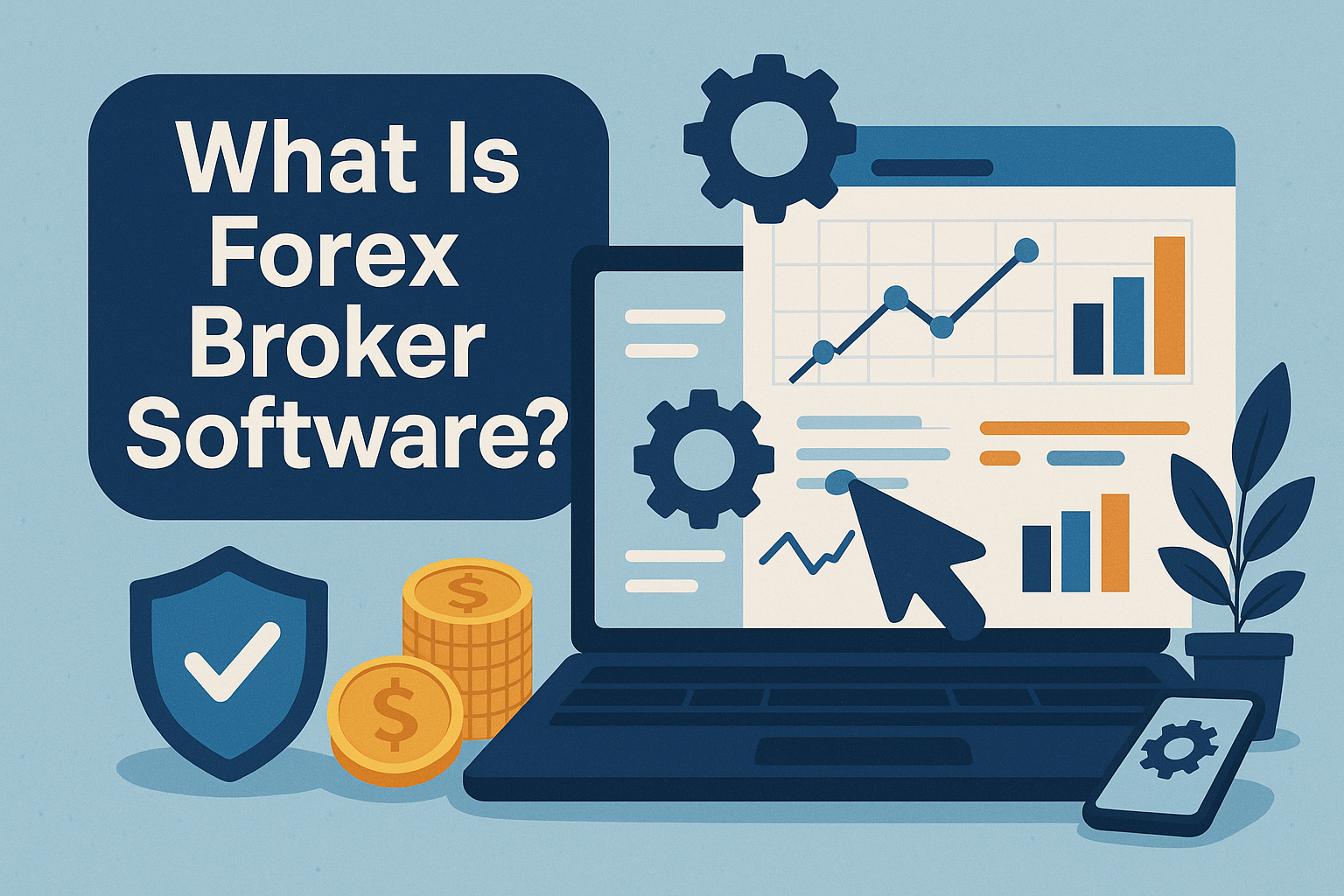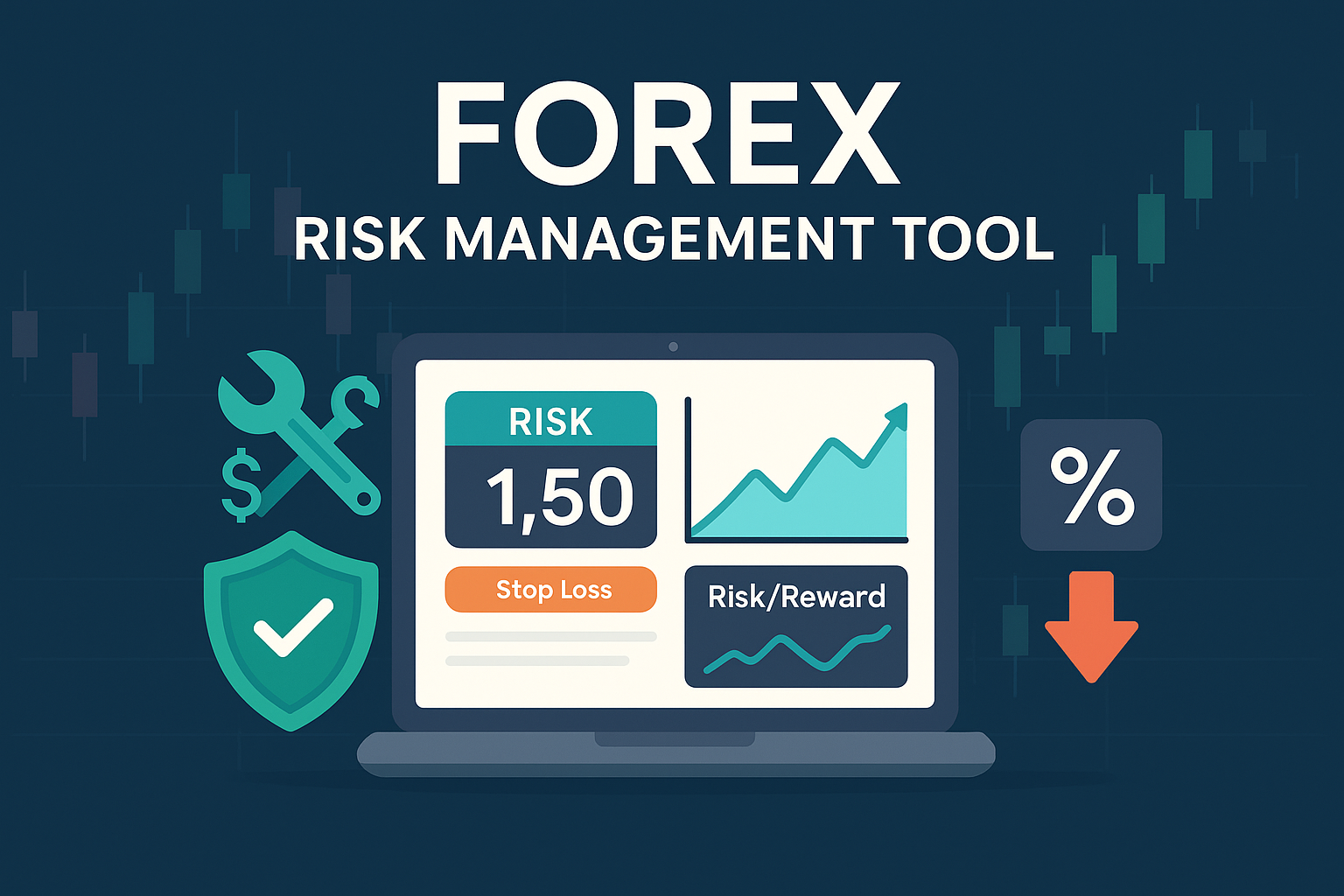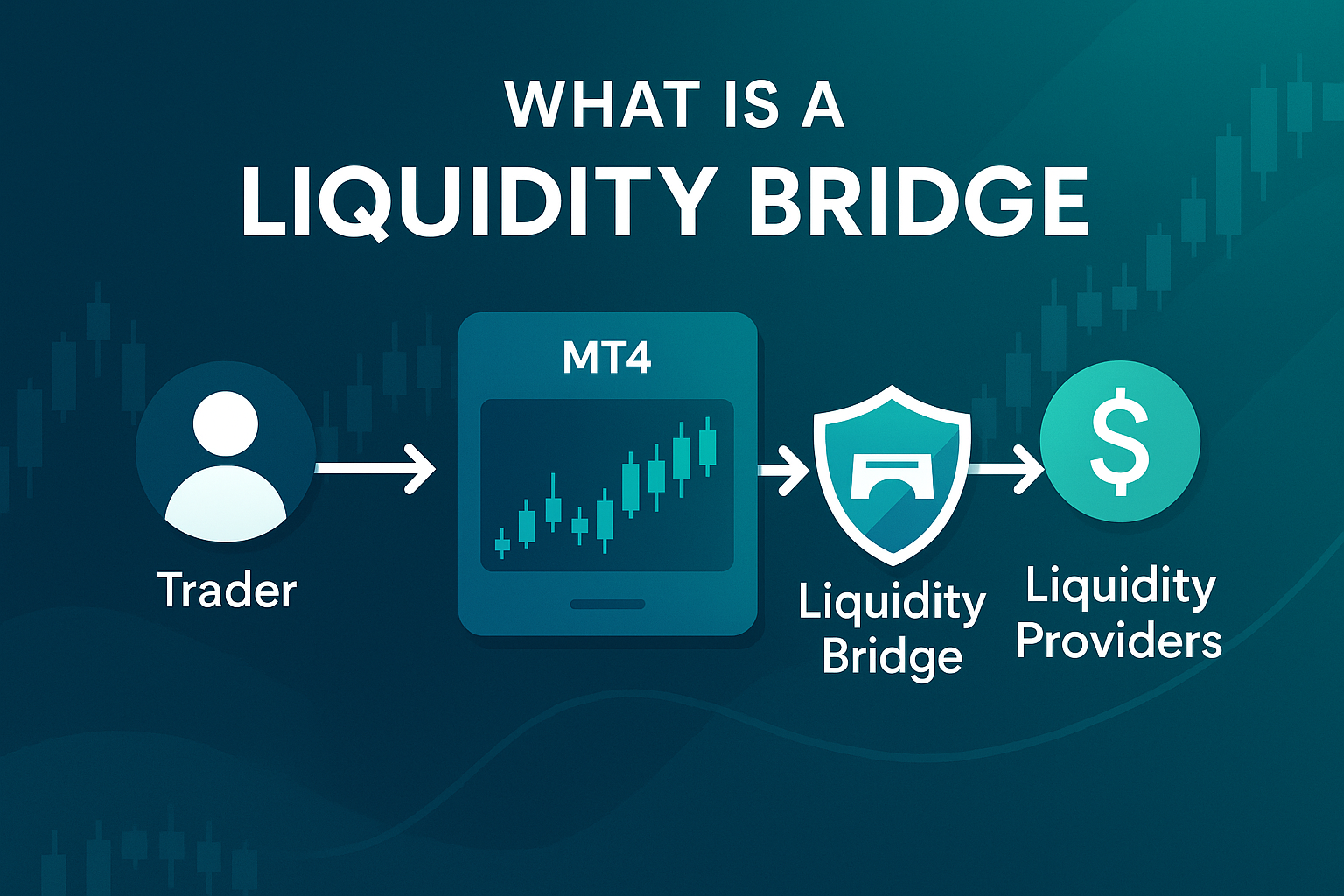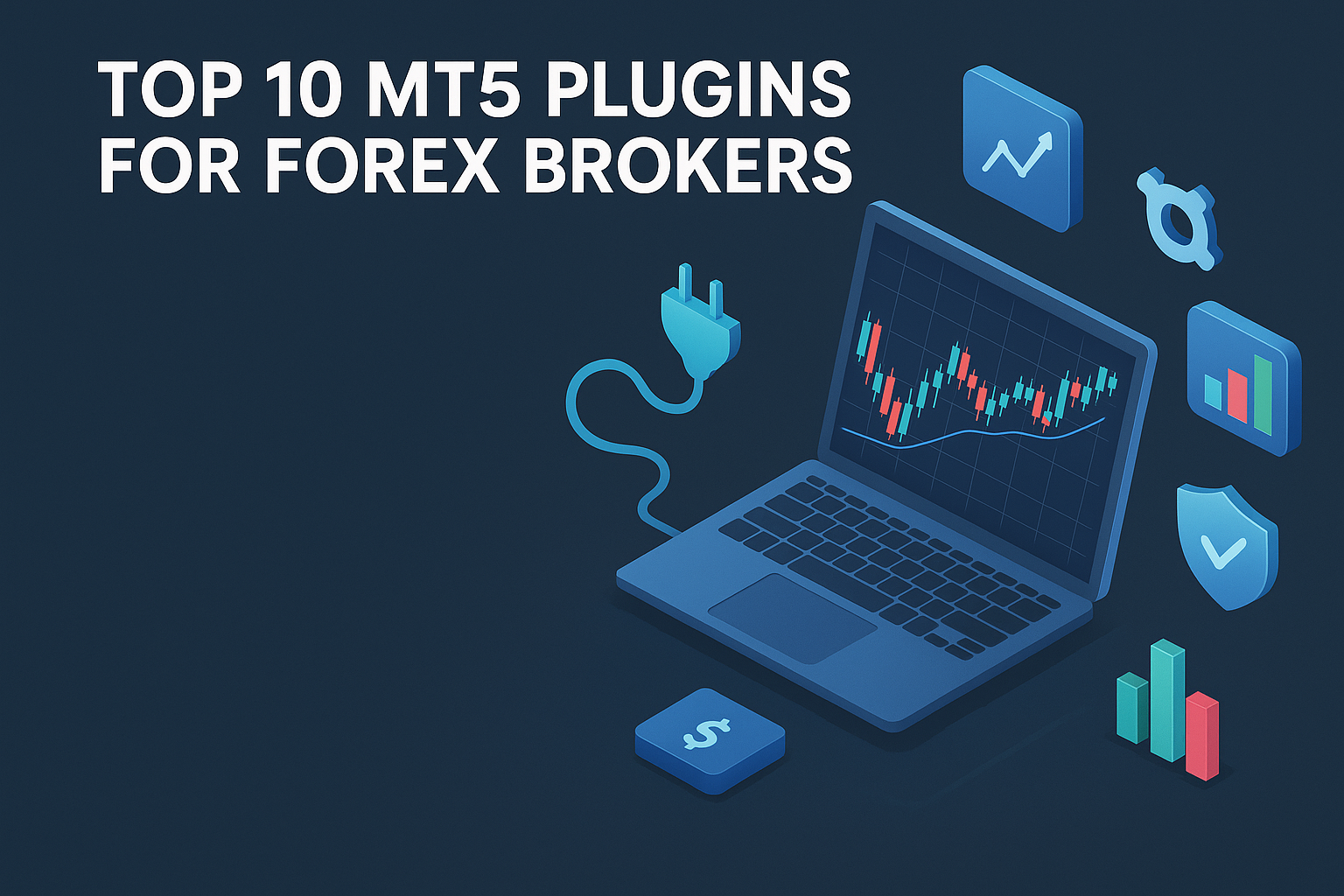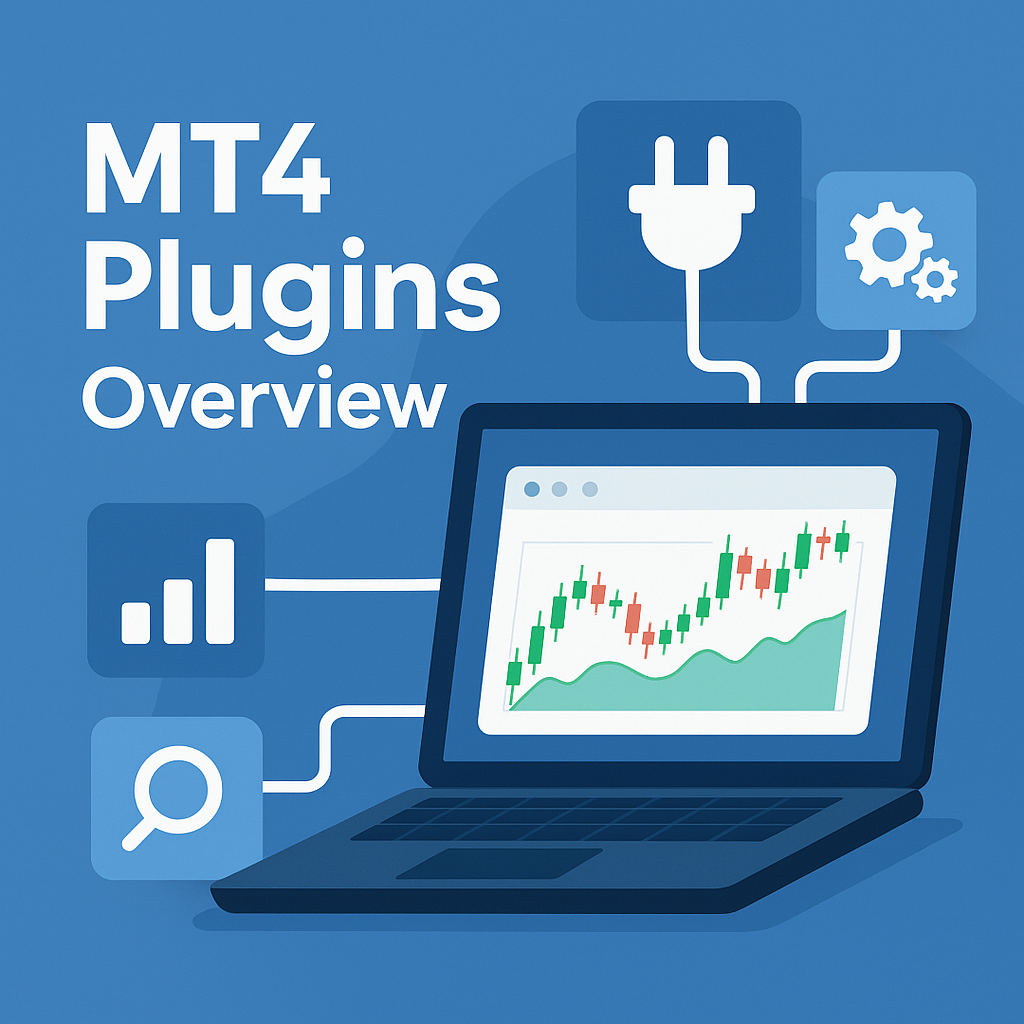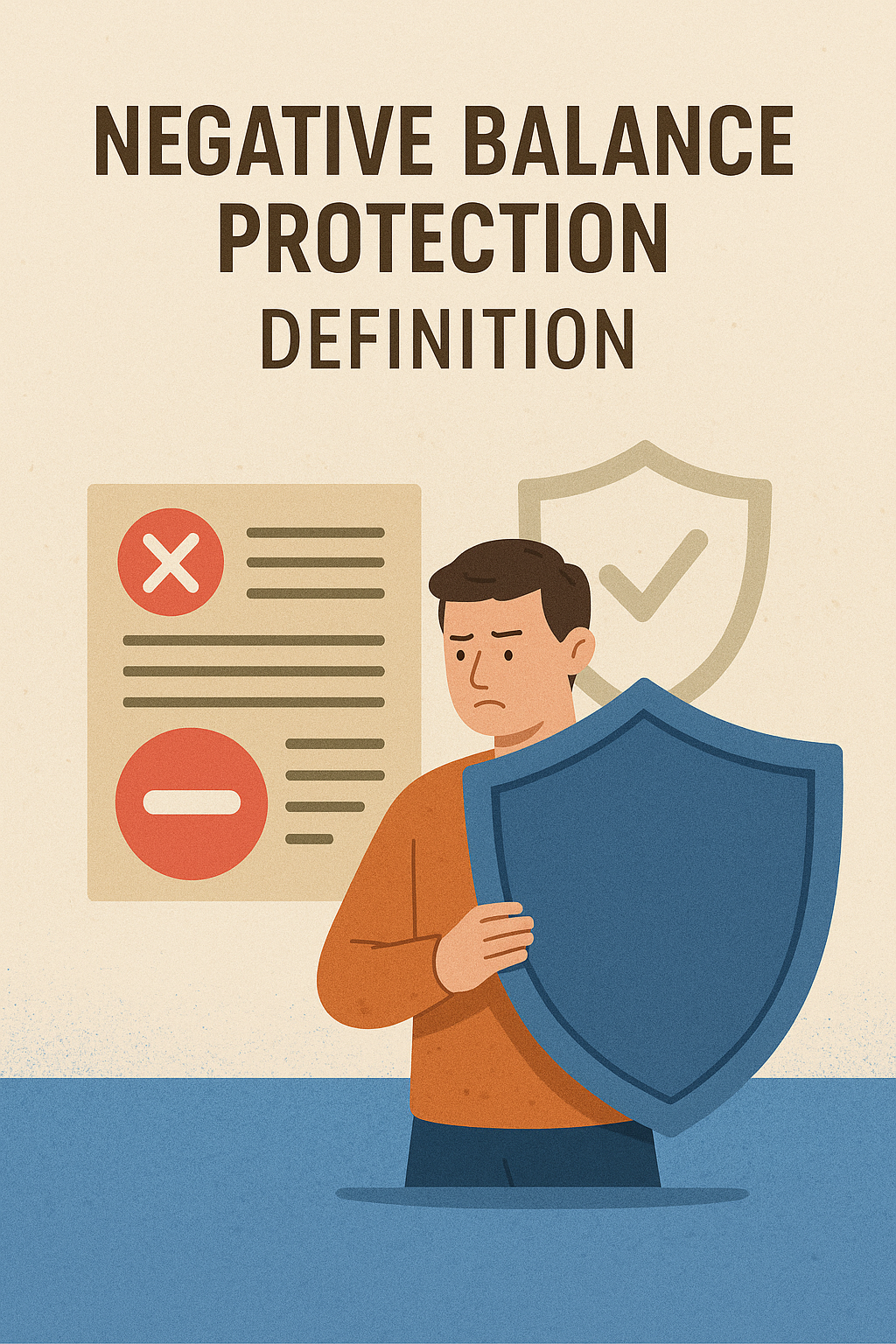
Leverage trading is a powerful tool, but it comes with high risks. Negative balance protection is one of the key elements of protecting capital. This feature helps traders avoid debt in case of sharp market movements. This article takes a detailed look at how negative balance protection works, the risks associated with it, and the capital management strategies every trader needs.
Understanding negative balance protection
What is negative balance protection? This mechanism limits the trader's losses at the deposit level. When the market is volatile, the account balance may become negative. But with this protection in place, you won’t owe your broker any money if that happens. Your losses are capped at zero, which is a big help, especially when you’re using leverage. It provides a basic level of financial security and stabilizes trading even in crises.
How does negative balance protection work?
Negative balance protection is activated when the market moves against the open position and losses get close to what you have in your account. The system automatically closes unprofitable trades before the balance becomes negative. This technical solution is implemented through the broker's server. The algorithm tracks the amount of free margin and the maximum permissible loss.
The key element is automation. When a certain loss threshold is reached, the system does not require manual intervention. The deal is closed instantly. There are no delays. Some brokers set the shutdown threshold at 50% margin, others – higher. But the essence remains the same: the trader does not lose more than invested.
Benefits of negative balance protection
Negative balance protection provides traders with an additional level of security when trading in financial markets. This mechanism allows avoiding a situation where losses may exceed the invested funds, which is critical when using leverage. As a result, traders can feel more confident knowing that their financial risks are limited and possible losses will not exceed the initial deposit.
So, key benefits include:
- Capital protection. Traders won’t lose more than what they put in upfront. If the market takes a sudden turn, their balance gets adjusted automatically, so they don’t need to add more money to cover any losses.
- Confidence when using high leverage. This lets you try bolder strategies without worrying too much about big losses.
- Simplified risk management. Protection is automated, reducing the need for constant market monitoring and manual intervention.
- Improved psychological state. Feeling protected reduces stress and helps to focus on strategies and analysis, rather than on fears of losing all funds.
- Increased level of trust in the platform. Trading is more transparent and safe for clients.
Overall, the benefits of negative balance protection allow traders to focus on trading without the fear of unexpected losses, which promotes a more stable and informed approach to investing.
The role of leverage in trading
You already know what is a negative balance protection. Now let's talk about leverage. This is a powerful tool for traders looking to boost their profits. Using leverage, they can strengthen their positions in the market with less investment of own funds. This is especially helpful for those who want to enter the market with limited financial resources, but have ambitions to earn more.
Understanding leverage
Leverage is basically borrowing money from a broker to make bigger trades. For instance, if traders have 1:100 leverage, it means they can control $100 in the market for every dollar they put in. This can lead to bigger profits when things go well, but it also means bigger losses if the market doesn't go their way.
A simple example: if a trader invests $100 and uses a leverage of 1:100, his total position in the market will be $10,000. This significantly increases both potential profits and losses.
Risks associated with high leverage
Traders may face a situation where losses in the market exceed their investment. This happens when the market moves against the position and the asset loses value faster than the trader can react.
To keep risks low, make sure to think carefully about how much leverage you use. The more leverage you take on, the more you need to focus on managing your risks, like setting stop-loss orders and using other tools to protect capital.
Implementing risk management strategies
Well-thought-out risk management strategies help protect capital and reduce potential losses. Take a look at two key approaches.
Setting stop loss orders
One of the simplest and most effective tools for minimizing losses is to set stop-loss orders. Such an order automatically closes your trade if the asset price reaches a pre-set level. This allows you to limit losses in case of unfavorable market movement. For example, if you opened a position to buy an asset and set a stop-loss 3% below the current price, the system will close your trade if the price drops to this level.
Stop-loss orders are a must-have for any strategy that ensures capital preservation. They help avoid emotional decisions and provide automatic risk management, even if you are not monitoring the market 24/7.
Adopting a conservative leverage strategy
A conservative strategy minimizes risks and promotes trading stability. Instead of using the maximum leverage available, it's wiser to stick to a smaller amount. This way, traders can better withstand market fluctuations and avoid devastating losses during volatile periods.
Additional risk management tools
Besides the basic strategies like using stop losses or being careful with leverage, there are a few other ways to boost your safety when trading. More details below.
Diversification of assets
Asset diversification is the process of spreading investments across different financial instruments or markets to minimize risks. It helps avoid situations where all assets simultaneously lose value.
When diversifying, it’s important to consider different asset classes: stocks, bonds, commodities, and currencies. Spreading your money across these areas helps lower the risk of losing a lot if the market takes a sudden downturn. This approach works especially well when markets get a little shaky.
Helpful tips:
- Mix up your asset classes by combining options with different levels of risk.
- Consider spreading your investments across various countries to lower the risk from local issues.
- Try investing in different sectors so that if one part of the economy takes a hit, it doesn't hurt your overall investments too much.
Thus, diversification is a strategic approach that can greatly reduce the risk of losses. But remember that it does not guarantee complete protection against losses, especially in the context of global crises.
Utilizing technical analysis
Technical analysis involves studying historical price and volume data to predict future market movements. The main tool for analysis – charts. They display all price changes, as well as various indicators such as moving averages, RSI, and MACD. Using technical analysis allows traders to receive accurate signals for opening and closing positions. This can really boost your chances of making good trades, of course, if you understand the charts well.
Monitoring market news and events
Financial markets are very sensitive to economic and political news. Big events can affect asset prices, so traders should keep an eye on the latest information.
Psychological aspects of trading
Psychological aspects are also very important. Without emotional stability, even the best-thought-out strategy can fail.
Maintaining emotional discipline
Trading in financial markets requires not only technical knowledge but also the ability to control emotions. Worries, greed, fear – these can affect decision-making. So, it's crucial to remain calm and make decisions based on analysis, not emotions.
How to develop emotional discipline? Establish a clear trading plan, set predefined entry and exit points, and adhere strictly to them regardless of market fluctuations. Techniques such as keeping a trading journal, practicing mindfulness, and implementing risk management strategies can help you stay focused and avoid impulsive decisions driven by fear or greed.
Ultimately, emotional control forms a good foundation for making rational decisions, cutting unnecessary losses, and achieving long-term trading success.
Practicing patience and consistency
Don't forget about patience. Focus on your long-term goals instead of reacting right away to market ups and downs. Consistency in decision-making, sticking to a plan, and risk control can lead to better results over time.
Seeking support and education
It's also a good idea to work on your skills, share experiences with other traders, and look for ways to improve your knowledge.
Final thoughts
Thus, what is negative balance protection in forex? This feature helps traders keep their money safe. It prevents potential losses beyond the deposit, making trading more predictable. With proper risk management and the use of protection tools, traders can significantly reduce financial losses and increase confidence in their actions in the market.

